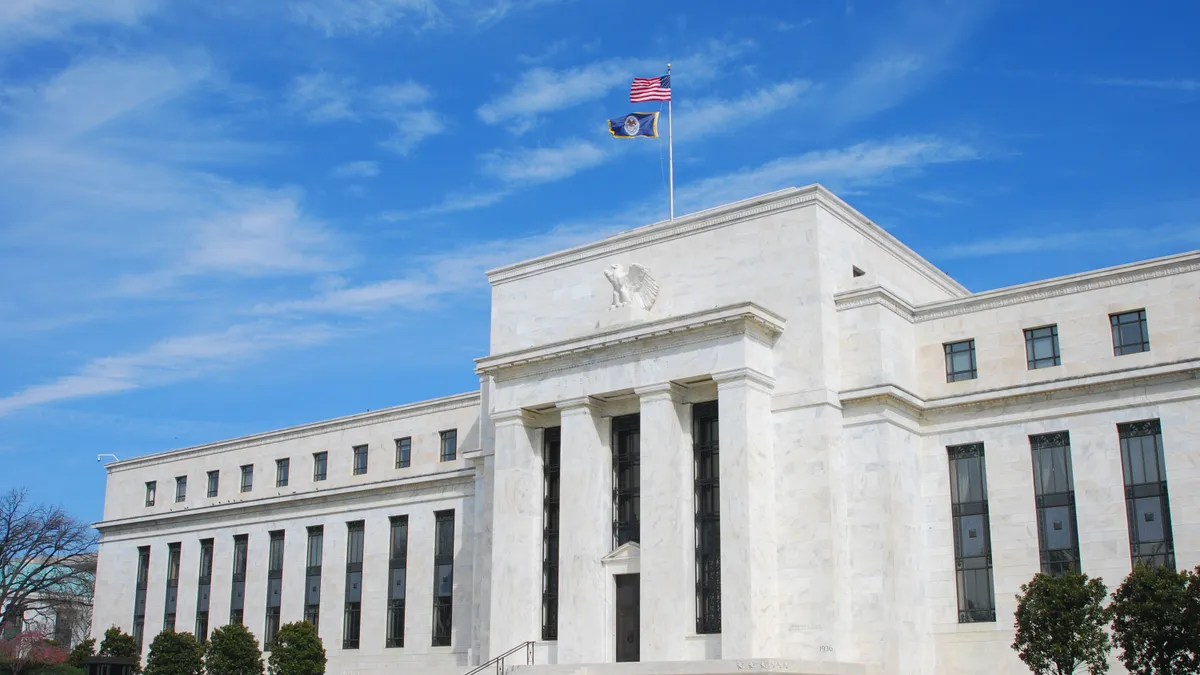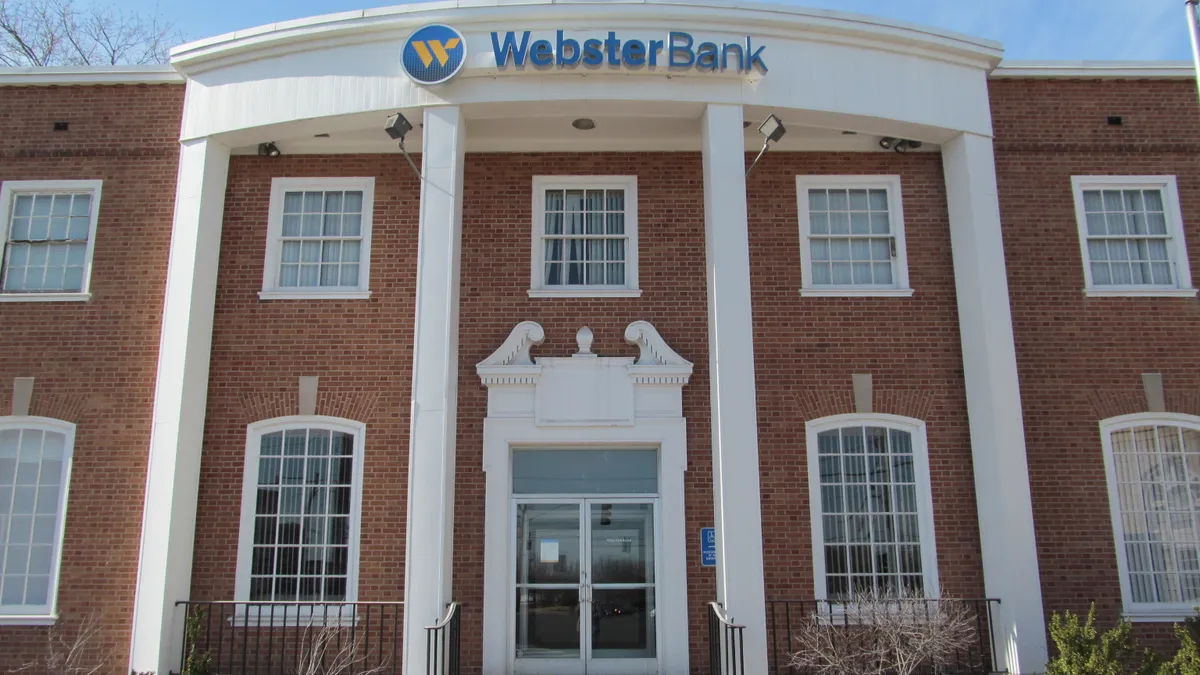Banc of California agreed to buy PacWest Bancorp in a deal that includes a $400 million investment from Warburg Pincus and Centerbridge Partners, and gives the private-equity firms a 19% stake in the combined company.
The combined company is expected to have roughly $36.1 billion in assets, $25.3 billion in loans and $30.5 billion in deposits, as well as a footprint with more than 70 branches in California, the banks said in a release Tuesday.
The transaction — valued at roughly $1.1 billion, according to Reuters — is expected to close late this year or in early 2024, the banks said.
The deal stands as a life raft of sorts for PacWest, which has been among the most beleaguered of regional banks since a crisis of investor confidence spread throughout the sector in March. PacWest sold off some of its loan portfolios in May and June to bolster liquidity and offloaded its real-estate lending unit.
But the bank lost roughly 18% of its deposits in the first half of this year, and its stock price has fallen 54%, through Tuesday, since the start of 2023. It rebounded by nearly 38%, though, in pre-market trading Wednesday, according to Reuters.
“Getting caught in the headlines could have happened to any bank. A liquidity run could have happened to anybody,” Banc of California CEO Jared Wolff said on a call Tuesday, according to Bloomberg. “The way that they’ve de-risked the franchise and moved it more toward a community bank and layered on some good deposit generators is going to be a really good fit for us.”
Wolff — who served as Pacific Western Bank’s president from 2002 to 2014 — will be chief executive of the combined company. John Eggemeyer, independent lead director on the board of PacWest, will chair the combined company’s board, which will consist of eight directors from Banc of California’s board, three from PacWest’s and one from Warburg Pincus.
Under the deal, PacWest stockholders will receive 0.6569 of a share of Banc of California for each share they own — about $9.60, based on Banc of California’s closing price Tuesday. That is a roughly 25% premium over PacWest’s Tuesday closing price of $7.69.
Paul Taylor, PacWest’s CEO, said Tuesday's deal “represent[s] significant immediate and long-term value beyond PacWest’s standalone strategic plan.”
“I am honored and extremely proud of the PacWest team’s fortitude over the past several months amidst industry-wide volatility,” he added.
The banks’ release Tuesday did not indicate whether Taylor would have a role with the combined entity.
The transaction would mark tangible growth for Banc of California, which counted $9.4 billion in assets at the end of the second quarter and 27 branches, according to The New York Times.
For PacWest, the deal will have the opposite effect. The bank had $44 billion in assets at the end of March, according to Reuters. It counted roughly 70 branches before the combination, The Wall Street Journal reported — meaning several locations will likely close. The combined market capitalization of both banks Tuesday was nearly $1.8 billion, according to the Financial Times. PacWest alone was worth around $6 billion at the start of 2022, the publication noted.
The combination creates the third-largest commercial bank headquartered in California, American Banker reported.
Banc of California will focus on treasury management services and loan growth to boost "low-cost" commercial deposits, Wolff told analysts.
Concerning the culture of the two banks, Wolff said he had never seen a deal with "this amount of overlap and commonality between the two players,” according to American Banker.
“We are clearly better together,” Taylor echoed, according to the Financial Times.
Analysts were more restrained.
“If the alternative was a long period of distress, then this is the best alternative for PacWest,” Dick Bove, chief strategist at the broker Odeon Capital, told the Financial Times.
PacWest on Tuesday reported a loss of $197 million for the second quarter, according to The Wall Street Journal. Profit at Banc of California, meanwhile, fell by one-third.
“PacWest just could not recover from its wounds quickly enough," Omar Fahmy, an analyst at the research firm Third Bridge, told Reuters.
Wolff was more optimistic.
"Over the past 18 months, the competitive environment in California has changed dramatically," he told analysts, according to Reuters. "We've seen many other banks either completely exit or significantly pull back from California. As a result, there's a sizable opportunity."
The banks aim to repay $13 billion in wholesale borrowings through the sale of assets, they said in Tuesday’s statement.






















